iprovlek
Well-known member
Amazing work Boji...
boji said:...went the hard way. Melanite template and a 1/2hp laminate router...
First off, can't say thanks enough Faze; from going out and copying your original schemas for me, to taking pictures of your channels, sharing your vintage API desk experiences, plus all the other helpful replies to questions... cornerstone, my friend.The frame you show seems different from the original 3 bank frame.
Yes sir, lol....I see now! Trial byNow you understand why the Eurorack system uses a pair of extrusions to support back planes. Building a console is a tremendous learning experience. Keep at it!
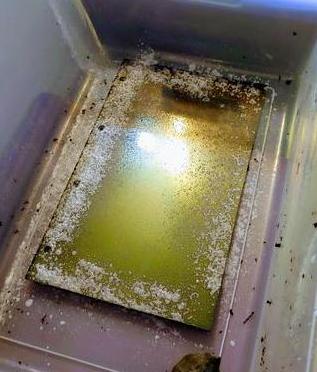
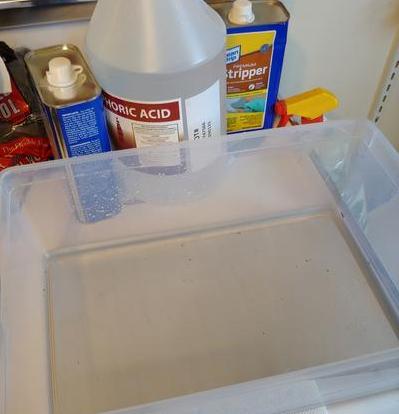
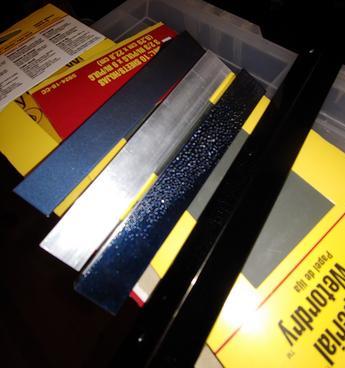
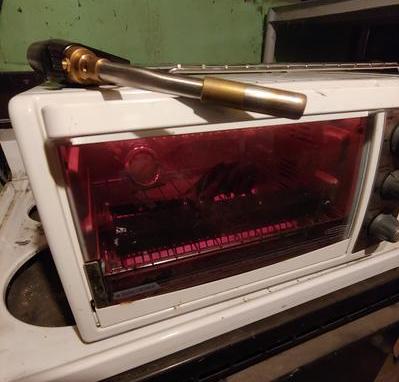
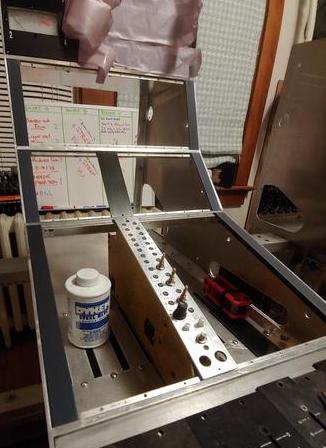
boji said:Thanks Wb. No, went the hard way. Melanite template and a 1/2hp laminate router. 3-fin carbide flush cut with lower bearing guide, and yep!-- I went through a few of them.
Yes, very hard to make perfect! Totally see how a jig would help. The thought of tying two dozen simple ring knots feels like ...cheating... but I'll give it a try on few remaining that are not yet laced. Thanks![Wirelacing] on the fly doesn’t work very well which is why I do it the way I do.
boji said:Some mistakes while learning:
Too much feed, too much metal, and you get massive, scary kickbacks. Mock-up to follow.

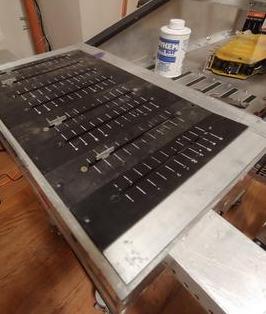
Yes, understood. It's more like painting and brush strokes, only in reverse.When I fired it up it was a little too close to a bucking bronco for my taste.
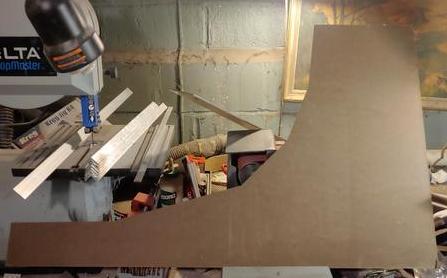
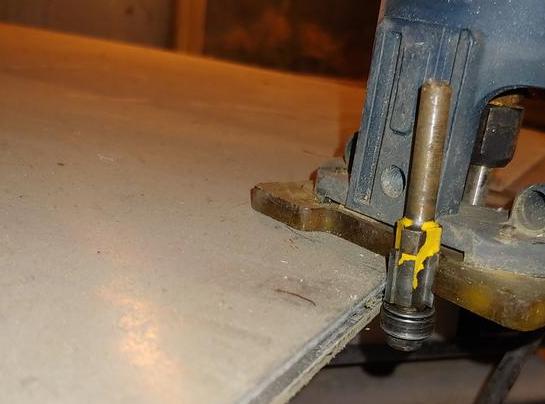
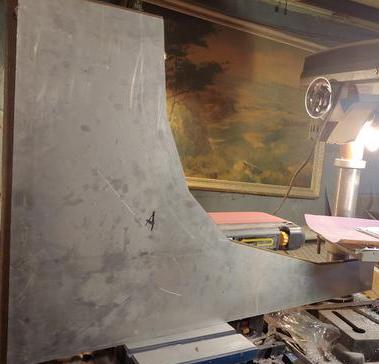
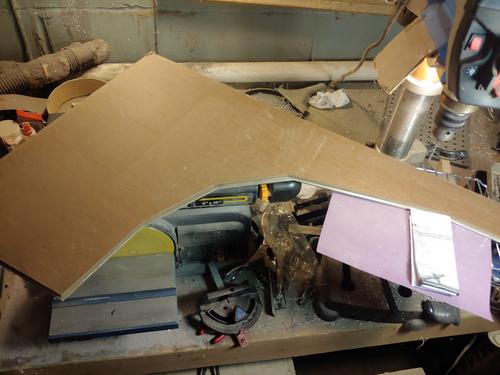
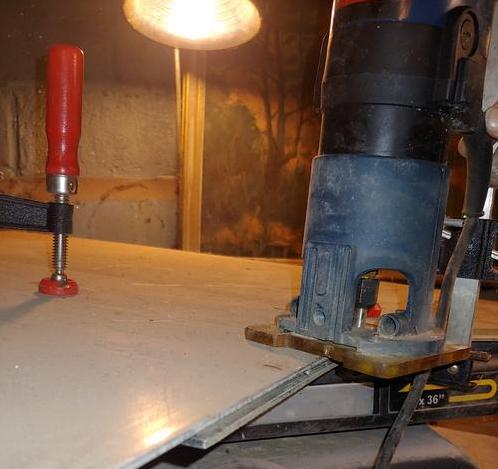
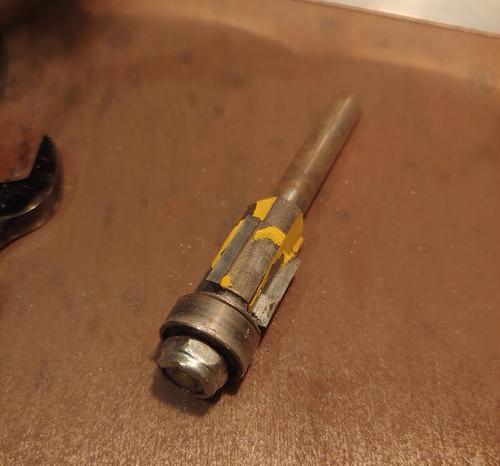
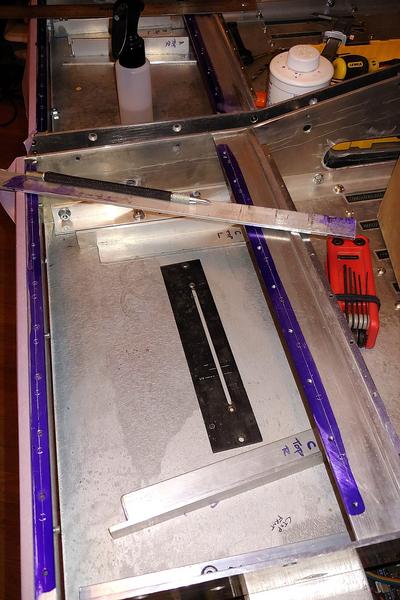
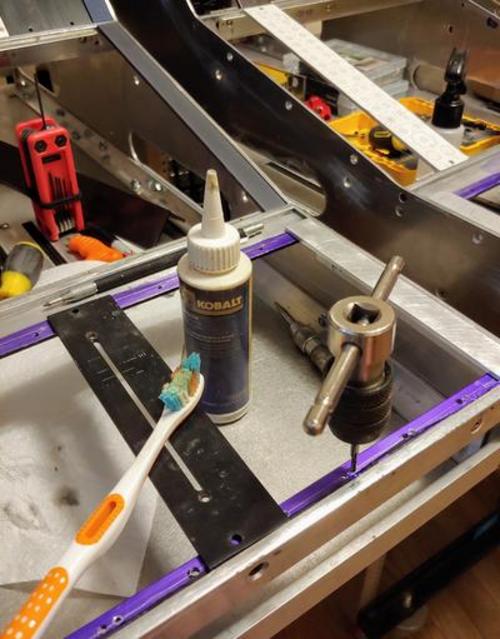
boji said:These are the tri-carbide bits I used. Not cheap, but available from your local home despot.Went through 2 and a half of them. (C'est' la vie) First one I blew out bearing cause...learning. Learned I could cut through about 25 feet of aluminum before bit started to give out and kick like a mule. The slower and more patience I had, the longer the blade lasted. There's some zen lesson in there somewhere. Did it all dry, so imagine cutting oil would have helped lower blade temps and prolonged bit life.